When daffodils bloom
Narcissus has long acquired the fame of the most praised flower by poets after the rose. Translated from Persian, its name means "beautiful eye". The first gardener of Iran, King Cyrus I, considered the daffodil a magnificent creature that bestows immortal delight. And Mohammed himself advised the one who has two loaves to sell one in order to buy food for the soul, which the narcissus is named.
Content:
- The Legend of Narcissus
- Amazing properties of the flower
- Variety of varieties
- Growing daffodils
- Reproduction methods
The Legend of Narcissus
An ancient Greek legend tells of a narcissistic young man who once bent over a stream, tormented by thirst, saw the reflection of his beautiful face in the water and could no longer look away from the mirror surface of the stream. In the place where the earthly life of this young man ended, a flower of amazing beauty, named after him, grew.
Yellow daffodils crowned Roman soldiers returning with victory, garlands of flowers were laid at the feet of heroes and gods. For residents of China, daffodil is a mandatory attribute of the New Year's holiday. Although the Mediterranean coast is considered the birthplace of the daffodil, it is also highly revered in China and Asia. Europe first saw a daffodil on the banks of the Thames in the garden of the Lord of England, and to this day, the British do not cease to admire its magnificence.
Switzerland is famous for the national tradition of the spring festival of daffodils, when for two days the streets are saturated with the scent of flowers that adorn everything that could be decorated. Prussia endowed the daffodil with the symbolic meaning of the guardian of family happiness and love, instructing the newlywed to transfer the flower from the parental to the husband's house, carefully caring for him, because the well-being of the young family depends on him.
Amazing properties of the flower
The essential oils contained in flowers have long attracted perfumers and doctors. Narcissus is recognized as a talisman, bewitching the opposite sex. To enhance the effect, alkaloid substances were used, which are contained in the bulbs of plants. By distillation, juice was extracted and dissolved in water, which men drank, hoping to increase potency, and women washed their breasts with this water, thereby increasing their attractiveness.
Ancient Eastern healers treated mastitis with a composition of peeled, finely chopped daffodil bulbs, adding rye flour or thick rice porridge. The mixture was applied to the chest, kept until a dried crust formed, which was washed off with warm water. The procedure was repeated twice a day.
It should be remembered that the bulbs of daffodils are very poisonous, they can disrupt the work of the heart, provoking arrhythmias, cause indigestion and affect the nervous system, dulling, stupefying, acting like a drug. It is therefore advisable to transplant plants with gloves in order to exclude direct contact with the skin, protecting it from allergic reactions and dermatitis.
Variety of varieties
Narcissus is a very beautiful plant of the amaryllis family. Narcissus belongs to unpretentious perennial bulbous plants, therefore, they are especially popular among amateur flower growers.
When asked when they bloom daffodils, it is rather difficult to answer, since different species have their own flowering time.
Thanks to the many years of fruitful work of breeders, there are several thousand varieties of daffodils, which, for convenience, are divided into thirteen groups. This division is based solely on the appearance of the leaves and flowers.
Most varieties of daffodil bloom in mid to late spring, some bloom in summer. There are also daffodils, the flowering of which can be contemplated in the fall.
Growing daffodils
Daffodils are easy to grow. Once you have planted good daffodil bulbs in the ground, you can safely expect them to bloom gently every spring for many years.
Hybrid daffodils will work in almost any growing environment, but in a sunny spot in well-drained soil, plants will thrive much better.
Planting bulbs on the site should be done at the end of the summer season or early fall. In this case, the planting depth should be three times the height of the bulb.
As soon as the flowering of daffodils is over, it is recommended to remove the faded heads. This is done in order not to waste the energy of the plant on ripening the seeds, but to use it to strengthen the bulbs.
When daffodils bloom in spring, it is especially beautiful when combined with other spring flowers such as hyacinths, crocuses, tulips and etc.
Reproduction methods
Wild daffodils are easily propagated by seeds, which ripen in a fleshy tricuspid fruit in place of a wilted flower. The formation of a full-fledged bulb takes a couple of years, it is not recommended to disturb the seedlings this time, so as not to damage the bulb.
Breeding hybrid varieties are propagated by babies growing on the mother's bulb. The babies are placed in the sinuses of the scales, which can be separated only after the lower scales have peeled off, which will take about three years. You can transplant and plant young plants at the end of August or at the very beginning of September to give time for the bulbs to take root before frost.
Growing flowers is truly a good thing. Those who are familiar with the feeling of creating beauty will agree with this statement, and we wish good luck to those who are on the way of creating miracles.



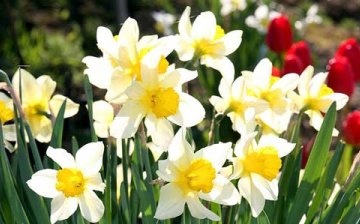
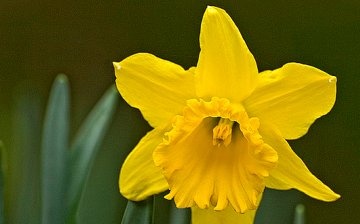
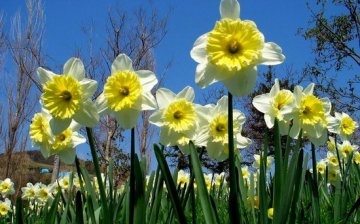
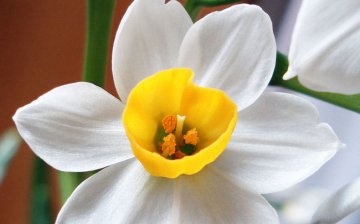
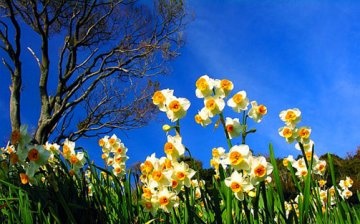





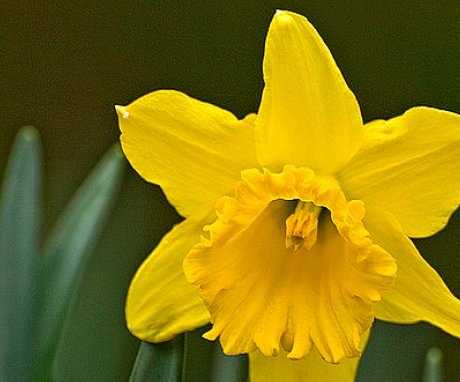
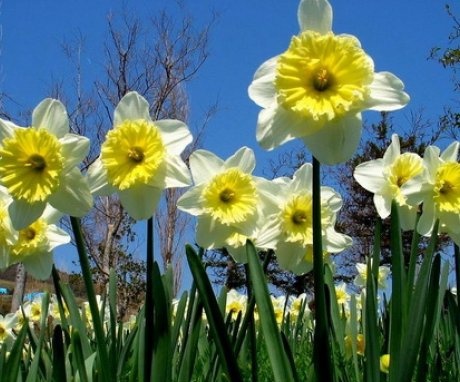
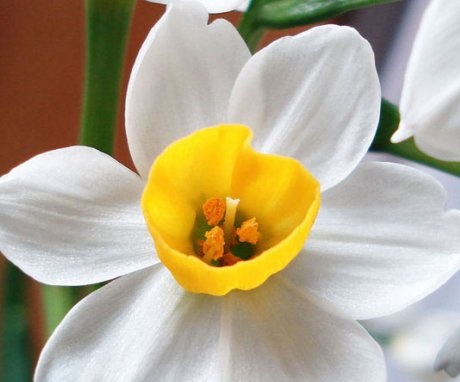
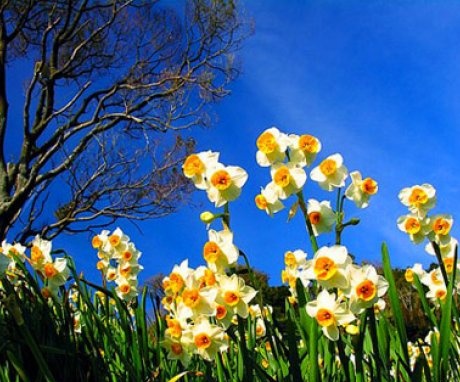
I love spring just for such varied and beautiful flowers. My mom breeds daffodils. We have 35 types of them, no less. Daffodils are indeed very unpretentious flowers and are easy to grow. We don't even dig them up for the winter. And along the house we have a whole path of the most unpretentious daffodils. It happens that in the evening, when you go out into the yard, the wind blows and carries with it this sweet and delicate smell of daffodils.